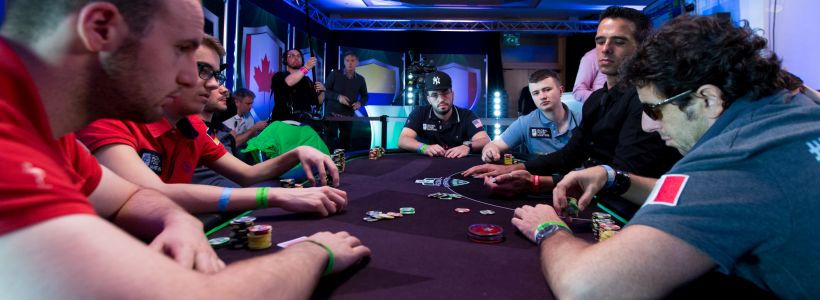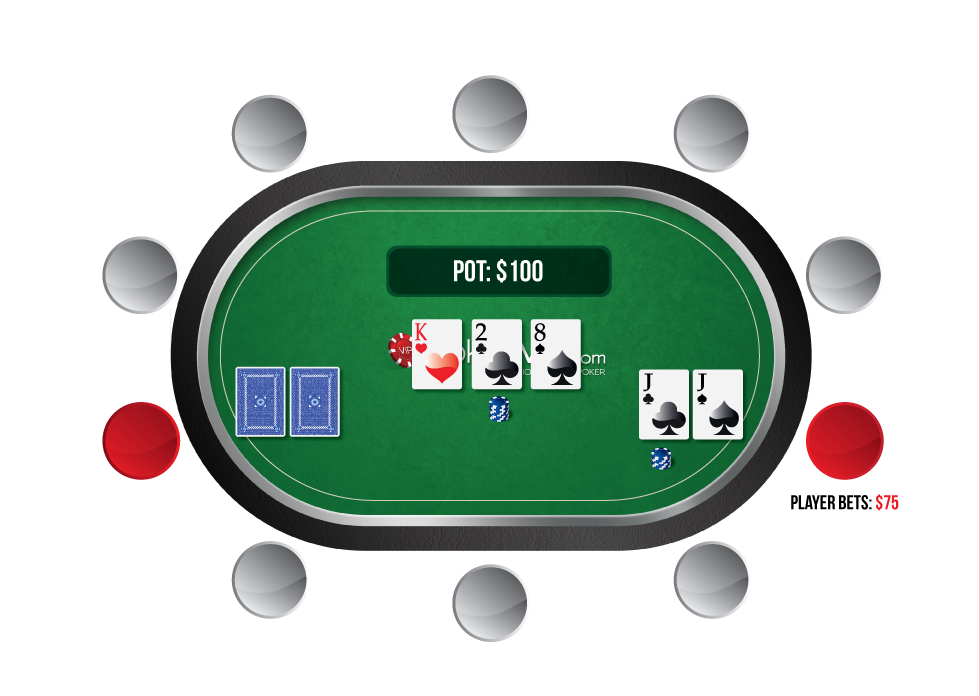
Paired boards are the "ugly duckling" among all the other possible flop textures. There's not a lot of play to them and they often result in strange situations in which both ranges and player intentions are largely unclear.
Not All Paired Boards are Created Equal
First of all, not every paired texture is the same. While something like a 995 rainbow is a real lockdown board where no hand has good equity vs. the nuts, there's a lot more play to something like Th9s9s.
The latter texture is much more akin to the regular, unpaired flops than the former example of a paired lockdown board. On a Th9s9s there's a good number of draws and medium strength hands possible, while on 995 you're always either way ahead or way behind.

When in Doubt - Cbet
Speaking of continuation bet, this is your bread and butter play on a paired board texture. Recreational players will usually adopt a fit or fold strategy, ABC players are unlikely to get a piece or give you any troubles. The boring fact of the matter is that paired board textures usually provoke a classic cbet/fold exchange because that makes the most sense from the combinatorics standpoint.
What about playing on an XXY flop against a very good opponent? This will usually be surprisingly easy. Some pros advocate the lack of a flop raising range no matter the texture. Others aren't quite as radical, but they often use this approach for paired boards. This is coincidentally the approach you yourself should assume when playing on such texture without the initiative.
Sure, you can dabble with highly exploitable bluff raises against opponents who don't really pay attention to the game but for the most part, it's somewhat difficult to balance your raising range on a XXY board. This is true for many reasons, one of which is the fact that paired board textures block a considerable amount of strong hands in villain's range and discourage medium strength hands from putting a lot of money into the pot, therefore you don't really want to raise with your strong holdings since the likelihood of getting paid off is so small.
And since you're not raising your strong holdings it doesn't make much sense to make yourself easy to exploit by raising with a highly unbalanced, bluff heavy range. It's far easier to add a good amount of floats to the strong hands that you're calling with.

Cbet/3Bet Line
When playing against someone who likes to raise on a paired board you can always go one level higher and employ a cbet/3bet line which should be fairly effective at punishing this highly exploitable play.
The only problem with the cbet/3bet line is that it's also highly exploitable. Since it doesn't make much sense for the villain to be raising in the first place and he's bound to be somewhat bluff heavy - if you really had a strong hand you wouldn't want to go over the top.
Enter the cbet/float Line
The alternative approach to punishing a raise on a paired board is responding to a line that doesn't make that much of a sense, with a line that makes all the sense in the world. If you're planning on making your best impression of Phil Ivey in the hand against Andrew Feldman posted above here's what you should know:
It's very hard for Andrew not to be dishonest on this flop texture. He can't possibly have a lot of strong hands on a 55T board (especially when we focus on minor details available to Ivey like the fact that 54 might be one of those extremely unlikely combos of 5x in Feldman's range and Q4 is blocking some of those)?
Also, like we've already established above raising with a value hand on a paired board doesn't really make much sense. Ivey realizes that and instead of going over the top (which given extremely unbalanced range of his opponent should have a similar expectation in the long run) he continues to tell a story that makes sense.
Lastly, remember that just because it's hard to flop big on a paired board and just because it doesn't make much sense to play a big hand aggressively on that texture, some players won't really care about any of that. That's why it's very important to establish that you're not playing against a super passive recreational player.
 More Top Rated Content
More Top Rated Content
Articles
- What Different Poker Games Should You Play?
- Live Poker Guide
- Zoom Poker Strategy - Learn to Crush Zoom
Coaching Videos

